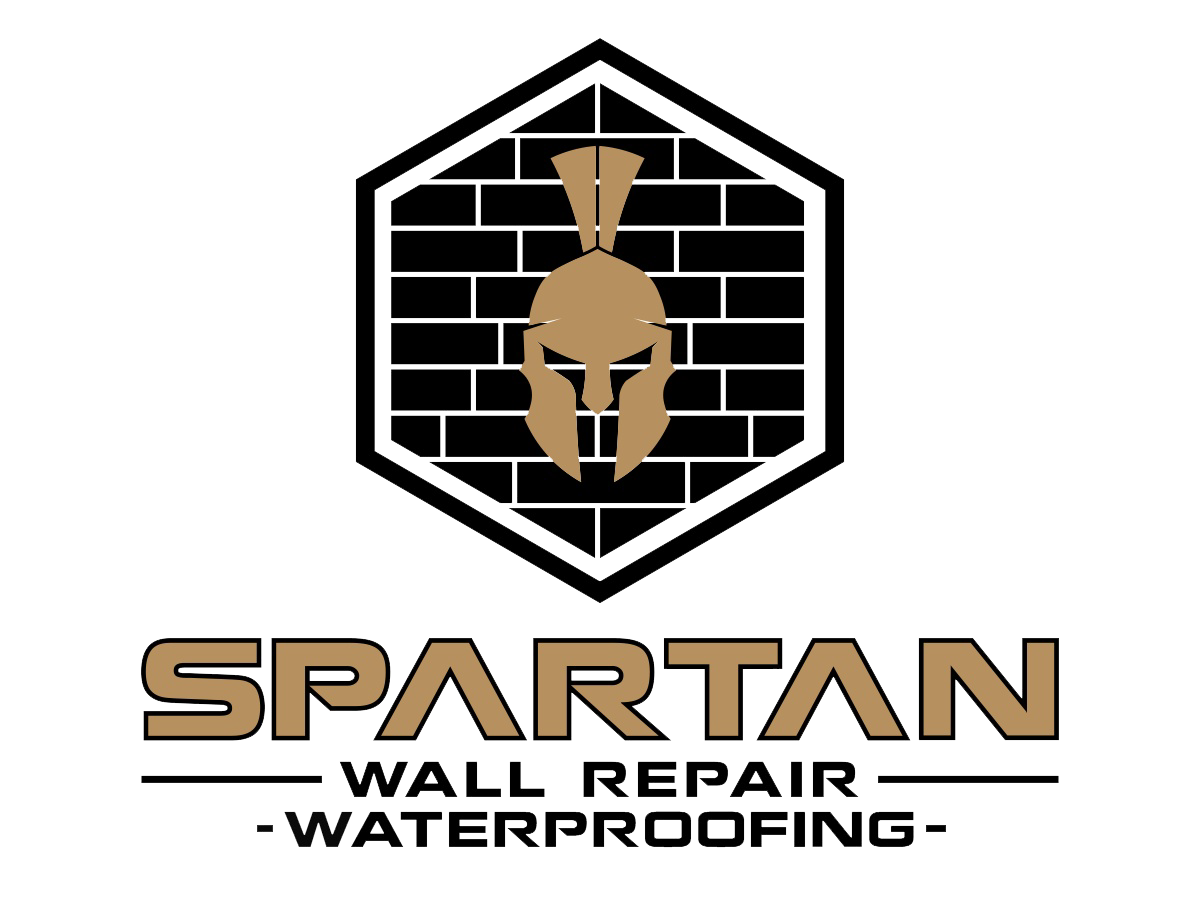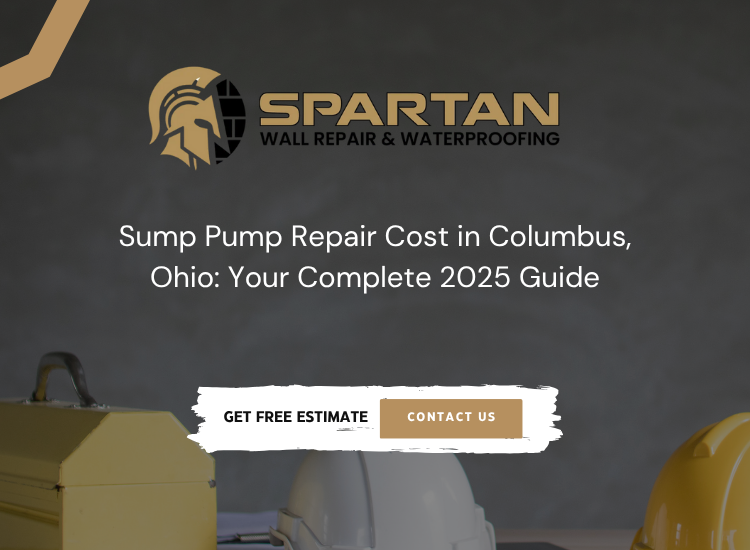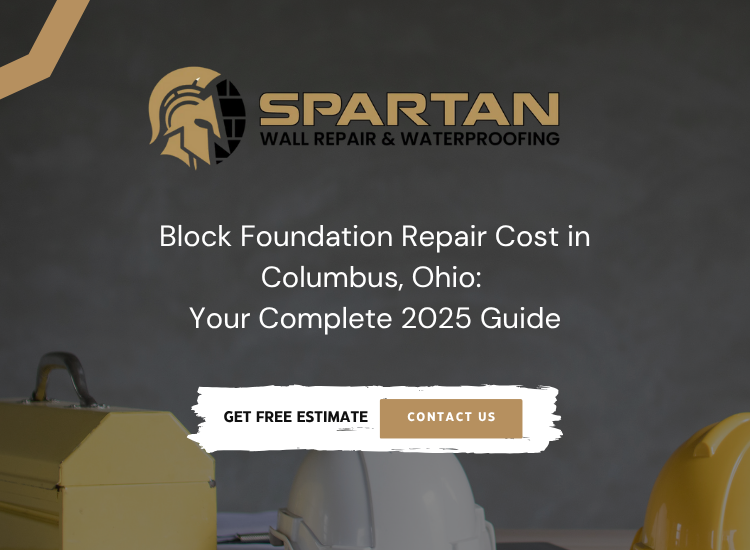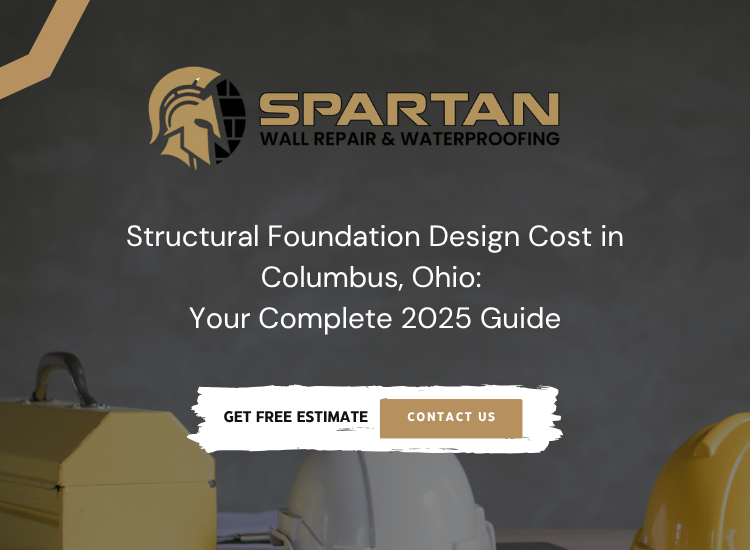Ohio’s foundation and wall restoration industry is undergoing a remarkable transformation in 2025. Smart technology integration, sustainable materials, and advanced diagnostic tools are revolutionizing how contractors across the Buckeye State approach structural challenges. From Columbus to Cleveland, restoration professionals are embracing innovations that provide more accurate assessments, longer-lasting solutions, and environmentally responsible practices.
The trends shaping Ohio’s restoration landscape reflect both the state’s unique geological challenges—including expansive clay soils and humid continental climate—and the industry’s evolution toward precision-driven, technology-enhanced solutions that deliver superior results for property owners.
Smart Technology and AI Integration: The Digital Revolution
AI-Powered Foundation Diagnostics
One of the most exciting trends in foundation repair for 2025 is the integration of smart technology and artificial intelligence. Advanced scanning tools use AI to detect foundation settlement cracks, bowing walls, and moisture intrusion before they become severe. Ohio contractors are leading this digital transformation by implementing cutting-edge diagnostic equipment that reduces guesswork and increases client confidence.
Real-Time Monitoring Systems
Homeowners can now install smart foundation sensors that provide continuous feedback on structural stability. AI-driven software can analyze data trends and predict when foundation repairs may be needed, allowing for proactive solutions. These systems are particularly valuable in Ohio’s challenging soil conditions, where seasonal expansion and contraction can cause ongoing foundation stress.
Advanced Moisture Detection Technology
Technologies like advanced moisture detection, structural analysis software, and ground movement monitoring systems are speeding up assessments and improving accuracy. For Ohio properties dealing with the state’s abundant rainfall and humidity, these tools provide critical insights into moisture infiltration patterns and potential problem areas.
Digital Integration in Field Operations
Field-entered data, smart devices, GPS, API, Bluetooth, integrations, Digital Twins, lidar and spatial imaging, image recognition, virtual assists, data analytics, and real-time language translation are all solutions that are driving and contributing to this change. Ohio restoration companies are investing in integrated technology platforms that streamline everything from initial assessments to final project documentation.
Enhanced Wall Stabilization Solutions
Smart Wall Anchor Systems
Wall anchors have long been a trusted solution for stabilizing bowing walls, but in 2025, they are becoming even more advanced. New developments include enhanced corrosion resistance, precision monitoring, and minimally invasive installation techniques. Ohio contractors are implementing these advanced systems to address the state’s common wall bowing issues caused by hydrostatic pressure from clay soils.
Carbon Fiber-Reinforced Support Systems
Traditional wooden supports are being replaced with galvanized steel and carbon fiber-reinforced posts that offer greater load-bearing capacity and resistance to moisture-related damage. These materials perform exceptionally well in Ohio’s humid conditions, providing superior longevity compared to traditional support methods.
Precision Installation Techniques
Newer techniques allow for more discreet installations that preserve landscaping and home aesthetics. This trend is particularly important for Ohio’s historic neighborhoods in cities like Columbus, Cincinnati, and Cleveland, where preserving property aesthetics while ensuring structural integrity is paramount.
Sustainable and Eco-Friendly Materials
Recycled and Low-Impact Materials
Companies can use recycled materials like reclaimed steel, concrete, or construction scrap to offset environmental impacts. Low-impact foundation piers require less soil excavation, reducing construction waste. Ohio contractors are increasingly incorporating these sustainable practices to meet growing environmental consciousness among property owners.
Alternative Concrete Solutions
Using concrete alternatives that require less energy to produce is another green option. Fly ash concrete, geopolymer concrete, and slag cement are prime examples. These materials perform exceptionally well in Ohio’s climate while reducing the carbon footprint of restoration projects.
Non-Toxic Sealants and Treatments
Crews can also use non-toxic, low-VOC sealants and sustainable chemicals to prevent harmful toxin emissions in traditional sealants. This improves air quality and decreases pollution, which protects workers, homeowners, and the environment. Ohio’s environmental consciousness is driving demand for these healthier alternatives.
Local Material Sourcing
Sourcing materials and equipment locally can help minimize transportation emissions, and using energy-efficient machinery or technology can also reduce energy consumption. Ohio’s robust manufacturing base provides excellent opportunities for contractors to source materials locally, supporting both sustainability and the state economy.
Historic Preservation Excellence
Traditional Lime-Based Mortars
One unique aspect of Centennial Preservation Group is all mortars we use in masonry restoration work are either lime putty, naturally hydraulic lime, natural cement, or ASTM C270 mortars mixed by proportion. Ohio’s rich architectural heritage requires specialized restoration approaches that honor historical authenticity while ensuring structural integrity.
Secretary of Interior Standards Compliance
The Tradesmen Group is both passionate and renowned for historic masonry restoration that aims to maintain a building’s historical integrity while enhancing its safety and longevity while following guidance by the Secretary of the Interior Standards for the Treatment of Historic Properties. Ohio contractors specializing in historic preservation are maintaining rigorous standards to protect the state’s architectural legacy.
Advanced Cleaning Technologies
Natural Hydraulic Lime (typically NHL 3.5) mortar should be used – rather than cement – for historic homes or buildings made of brick or stone. Modern cleaning systems like ThermaTech allow gentle removal of decades of buildup while preserving original stone patina, avoiding the over-cleaned appearance that traditional methods can create.
Helical and Push Pier Innovations
Enhanced Pier Systems
Our SettleStop pier systems allow the weight of the home to be transferred through piers and down to more stable ground. They prevent future settling, and there’s an opportunity to lift the house back towards its original position. Ohio contractors are utilizing advanced pier systems specifically designed to reach stable soil layers beneath the state’s challenging clay and silt conditions.
Lifetime Warranty Options
Your property will no longer be susceptible to shifting soil conditions because of the permanent stability provided by our pier systems, which are covered by a lifetime, transferrable warranty. These comprehensive warranty programs provide Ohio homeowners with long-term peace of mind in a state prone to soil movement issues.
Improved Cost Transparency and Competitive Pricing
Fixed-Price Quoting Systems
To ensure transparency, more foundation repair companies are adopting fixed-price quotes rather than open-ended estimates. Ohio contractors are responding to consumer demand for upfront pricing by implementing transparent cost structures that eliminate surprise expenses.
Technology-Driven Cost Reduction
Smart diagnostics reduce labor costs and provide precise repair recommendations, eliminating unnecessary expenses. Advanced diagnostic tools are helping Ohio contractors provide more accurate estimates while reducing overall project costs through precision targeting of problem areas.
Addressing Ohio’s Unique Geological Challenges
Clay Soil Specialization
Many cities, such as Cincinnati and Columbus, contain a high amount of silt and clay in their soil composition. Clay holds onto excess water, expands, and pushes against your foundation walls. This is known as hydrostatic pressure, which results in damage like wall cracks, bowing, and leaking. Ohio contractors are developing specialized techniques to address the state’s expansive clay soils and their seasonal effects on foundations.
Climate-Adapted Solutions
Our region also experiences a humid continental climate with more than 40 inches of average rainfall every year. Silt and clay soils cannot always handle this much water, resulting in flooding and water collecting near your foundation. Restoration professionals are implementing drainage and waterproofing solutions specifically designed for Ohio’s climate patterns.
Professional Development and Certification
Enhanced Training Programs
The HMPC has been developed to equip BAC members with an understanding of traditional materials and methods with exposure to preservation technology. Traditional craft skills and contemporary repair techniques are critical to the preservation of historic buildings and structures. Ohio’s restoration workforce is becoming increasingly specialized through comprehensive certification programs.
Continuous Education Focus
This module discusses the history of the preservation movement as well as current trends in the field of preservation. Participants gain an in-depth understanding on the 4 major treatment approaches: Preservation, Rehabilitation, Restoration, and Reconstruction. The emphasis on ongoing education ensures Ohio contractors stay current with evolving best practices and emerging technologies.
Automation and Equipment Advancements
Robotic and Automated Solutions
Imagine machines that handle heavy lifting, digging, and concrete pouring with precision. Automation and robotics are transforming job sites by improving speed and safety. Ohio contractors are beginning to integrate automated equipment that reduces labor costs while improving precision and worker safety.
Advanced Equipment Integration
Field solutions, such as meters and equipment by Tramex, Phoenix, and Dri-Eaz, start to build and support the billing process. This equipment will then be used to support program reporting requirements, direct from the field. Technology integration is streamlining operations from field measurements to final billing, improving efficiency across all project phases.
Future-Focused Industry Evolution
Market Growth and Adaptation
The global foundation repair services market is projected to grow from USD 2.87 billion in 2025 to USD 4.4 billion by 2035, at a CAGR of 4.4%, driven by increasing investments in residential infrastructure and structural safety. Ohio’s restoration industry is positioned to benefit from this growth through continued innovation and service expansion.
Sustainable Development Integration
By choosing sustainable foundation repair methods, homeowners can reduce their environmental footprint while ensuring a stable, long-lasting foundation. The integration of sustainability with structural restoration is becoming a standard expectation rather than an optional upgrade in Ohio’s evolving market.
Partner with Innovation Leaders: SpartanWallRepair.com
Stay ahead of Ohio’s restoration trends with SpartanWallRepair.com, where cutting-edge technology meets proven expertise. Our team combines the latest diagnostic tools, sustainable materials, and advanced repair techniques to deliver superior results for Central Ohio properties.
Why Choose Spartan Wall Repair:
- Sustainable Practices: Eco-friendly materials and low-impact repair methods
- Historic Expertise: Specialized knowledge for preservation projects
- Transparent Pricing: Fixed-cost estimates with no hidden fees
- Local Knowledge: Deep understanding of Ohio’s unique soil and climate challenges
Contact Information:
- Phone: (614) 368-7612
- Address: 14191 State Rd, Ostrander, OH 43061
- Google Business: 5.0 stars with 43 reviews
Connect With Us:
- Facebook: Educational Content & Project Updates
- Instagram: @spartanwallrepair
Schedule Your Advanced Assessment Experience the future of foundation restoration with our comprehensive diagnostic evaluation using the latest technology trends shaping Ohio’s restoration industry.
FAQ – Foundation Restoration Trends in Ohio
What smart technologies are Ohio contractors using for foundation assessment? AI-powered scanning tools, real-time monitoring sensors, and advanced moisture detection systems are revolutionizing foundation diagnostics. These technologies detect problems before they become severe and provide continuous structural stability feedback.
How are eco-friendly materials changing foundation repair in Ohio? Contractors now use recycled steel, low-impact helical piers, fly ash concrete alternatives, and non-toxic sealants. These materials reduce environmental impact while maintaining superior performance in Ohio’s challenging climate conditions.
What makes modern wall stabilization different from traditional methods? Smart wall anchors include sensors for real-time monitoring, carbon fiber-reinforced supports offer better moisture resistance, and minimally invasive installation preserves landscaping while providing enhanced corrosion protection.
Are historic preservation standards changing with new technology? Traditional lime-based mortars and Secretary of Interior Standards remain unchanged, but advanced cleaning technologies and precision diagnostic tools allow for better preservation of historic authenticity while ensuring structural integrity.
How do new trends address Ohio’s specific soil challenges? Advanced pier systems designed for clay soils, AI-powered soil analysis, climate-adapted drainage solutions, and specialized hydrostatic pressure mitigation techniques specifically target Ohio’s expansive soil and high precipitation challenges.




